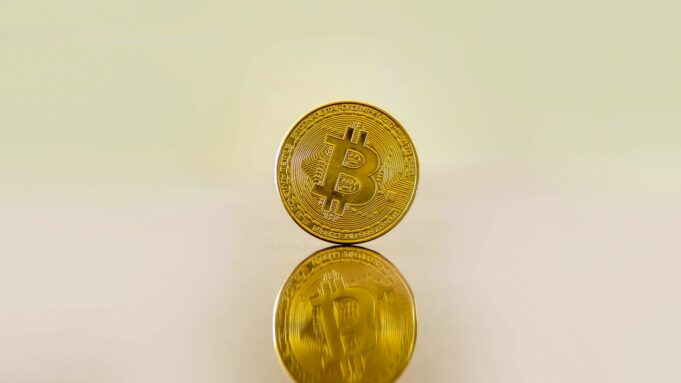Bitcoin mining has become a popular way for individuals to earn money in the cryptocurrency market. Bitcoin mining involves using specialized software to solve complex mathematical problems in order to verify and process transactions on the Bitcoin network. This process requires a lot of computational power and energy, and miners are rewarded with Bitcoins for their efforts.
If you’re interested in signing up for Bitcoin mining, there are a few steps you need to take:
Step 1: Get a Bitcoin Wallet
Before you start mining, you’ll need to set up a Bitcoin wallet. This is where you’ll store your Bitcoins and receive payments for your mining efforts. There are many different types of Bitcoin wallets available, including hardware wallets, software wallets, and online wallets.
Hardware wallets are physical devices that store your Bitcoins offline. They are considered the safest option for storing large amounts of Bitcoins. Software wallets are programs that you install on your computer or mobile device. They are convenient and easy to use, but they can be less secure than hardware wallets. Online wallets are web-based services that allow you to store your Bitcoins in the cloud. They are convenient, but they can also be less secure than other types of wallets.
Step 2: Choose a Mining Pool
Bitcoin mining is a competitive process, and it can be difficult to make a profit on your own. That’s why most miners join mining pools, which are groups of miners who work together to solve blocks and share the rewards. When you join a mining pool, you contribute your computing power to the group, and the pool pays you a share of the Bitcoin rewards based on your contribution.
There are many different mining pools available, and each has its own fees, payout structure, and minimum payout threshold. Some popular mining pools include Slush Pool, F2Pool, and Antpool. Before you join a mining pool, be sure to research its reputation and compare its fees and rewards to other pools.
Step 3: Choose Mining Hardware
Once you’ve chosen a mining pool, you’ll need to choose your mining hardware. Bitcoin mining requires specialized hardware called ASICs (Application-Specific Integrated Circuits) that are designed specifically for mining Bitcoin. These devices are expensive and consume a lot of energy, so it’s important to choose the right hardware for your needs.
There are many different ASICs available, each with its own specifications and features. Some popular ASIC models include the Antminer S19 Pro, the Whatsminer M30S, and the Innosilicon T3+. When choosing your hardware, consider factors such as hash rate, power consumption, and price.
Step 4: Download Mining Software
Once you’ve chosen your mining hardware, you’ll need to download mining software to run it. Mining software is designed to connect your hardware to the mining pool and to manage the mining process. There are many different mining software options available, including CGMiner, BFGMiner, and EasyMiner.
When choosing your mining software, consider factors such as compatibility with your hardware, ease of use, and features such as remote monitoring and control.
Step 5: Start Mining
Once you’ve set up your wallet, joined a mining pool, chosen your hardware, and downloaded your software, you’re ready to start mining. Connect your ASIC to your computer or mining rig, configure your mining software, and start mining.
Bitcoin mining can be a lucrative way to earn money in the cryptocurrency market, but it’s important to do your research and choose the right tools and strategies for your needs. With the right hardware, software, and mining pool, you can start earning Bitcoins and contributing to the security and stability of the Bitcoin network.

























